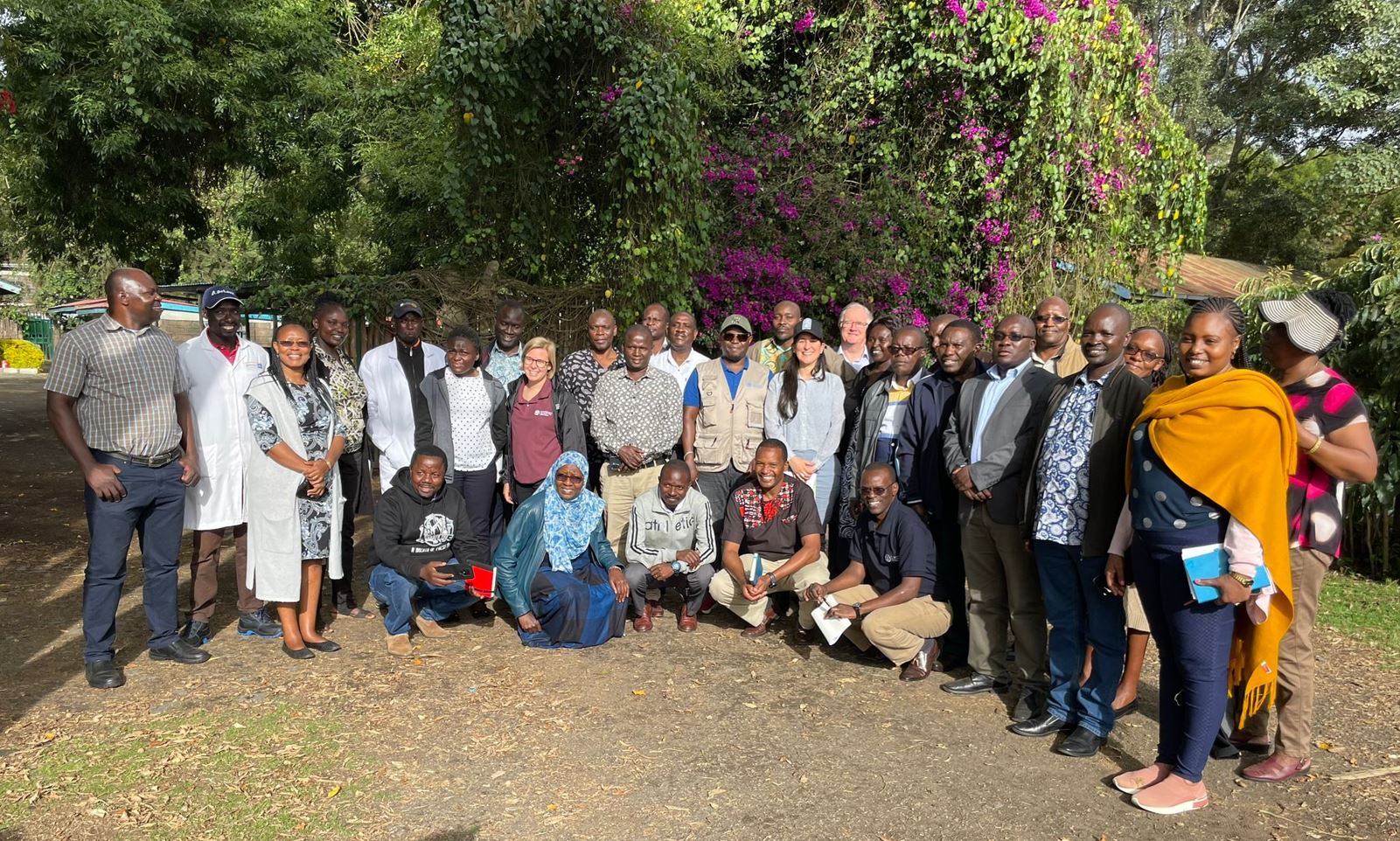Kenya commits to boost livestock climate actions
National stakeholders agreed to improve livestock climate actions in Kenya

The current climate crisis is affecting Kenya’s livestock sector in an unprecedented way. A recent drought has put more than half of Kenya’s land at risk, leading to the underfeeding of livestock and the loss of over 2.5 million animals in 2022, stressed Bishar Fille Elmi, Director of Livestock Production at the Ministry of Agriculture and Livestock Development of Kenya at a national workshop at end of last year. That is why, Kenya has committed to creating a plan for the implementation of livestock climate action in the country.
In December 2022, the State Department for Livestock of the Ministry of Agriculture and Livestock Development of Kenya and the Food and Agriculture Organization of the United Nations (FAO) organized a national stakeholder workshop to discuss opportunities and challenges to enhance Kenya’s climate action through the implementation of low-emission and climate-resilient livestock systems.
Livestock and climate change in Kenya
Livestock must both mitigate and adapt to the effects of climate change. According to FAO Statistics, Kenya’s total cattle, goat, and sheep population is 87 million and lives in arid and semi-arid lands, a fragile ecosystem where land use is largely pastoral. The livestock sector is also a significant source of greenhouse gas emissions in Kenya, driven by enteric methane emissions and land use change.
During the workshop, Martina Otto, Secretary of the Climate and Clean Air Coalition, emphasized the importance of addressing short-lived climate pollutants like methane as to meet the Paris Agreement’s goals of limiting temperature rise to 1.5 degrees Celsius. For instance, the WELE dairy farm in Nakuru, Kenya is already taking steps to improve feed use efficiency, optimize feed formulation, and manage water and natural resources to reduce enteric methane emissions.
Enhancing national climate commitments
Kenya has set a target of reducing greenhouse gas emissions by 32 percent below a business-as-usual scenario by 2030 aiming to enhance climate change adaptation and mitigation. Kenya’s nationally determined contributions focus on the implementation of climate-smart agriculture projects that improve livestock management systems. In addition, Kenya’s Climate-Smart Agriculture Strategy and Implementation Framework 2018-2027 set concrete national obligations for addressing climate change.
At the end of the workshop, the Ministry of Agriculture and Livestock Development and the Ministry of Environment and Forestry of Kenya agreed to develop a comprehensive roadmap for livestock and climate actions in collaboration with FAO. The roadmap will include specific mitigation and adaptation targets for methane and other greenhouse gas emissions across all livestock systems in the country. Kenya’s future nationally determined contribution will integrate the roadmap.
About the workshop
The workshop took place in Nakuru, Kenya from 7 to 9 December 2022 and brought together over 30 national representatives from government institutions, academia, the private sector, regional economic communities, and non-government organizations. Participants discussed barriers and solutions to implement ambitious national livestock climate action in Kenya and agreed on the need to develop targets and measures to improve the resilience of livestock keepers and reduce greenhouse gas emissions in the country.
The event was organized as part of the FAO project "Reducing enteric methane for improving food security and livelihoods" funded by the Climate and Clean Air Coalition. The project is implemented in collaboration with the Global Research Alliance on Agricultural Greenhouse Gases and the New Zealand Agricultural Greenhouse Gas Research Centre. Aimable Uwizeye, Livestock Policy Officer at the FAO Animal Production and Health Division, noted that the workshop was a significant step towards boosting livestock climate actions in Kenya. The workshop was also an opportunity to present the forthcoming project design on pathways to dairy net zero: promoting low-emissions and climate resilient livestock systems in East Africa.
Kenya country page: Livestock and enteric methane
FAO news: Another step forward to enhance livestock climate action in Kenya
FAO report: Options for low-emission development in the Kenya dairy sector
